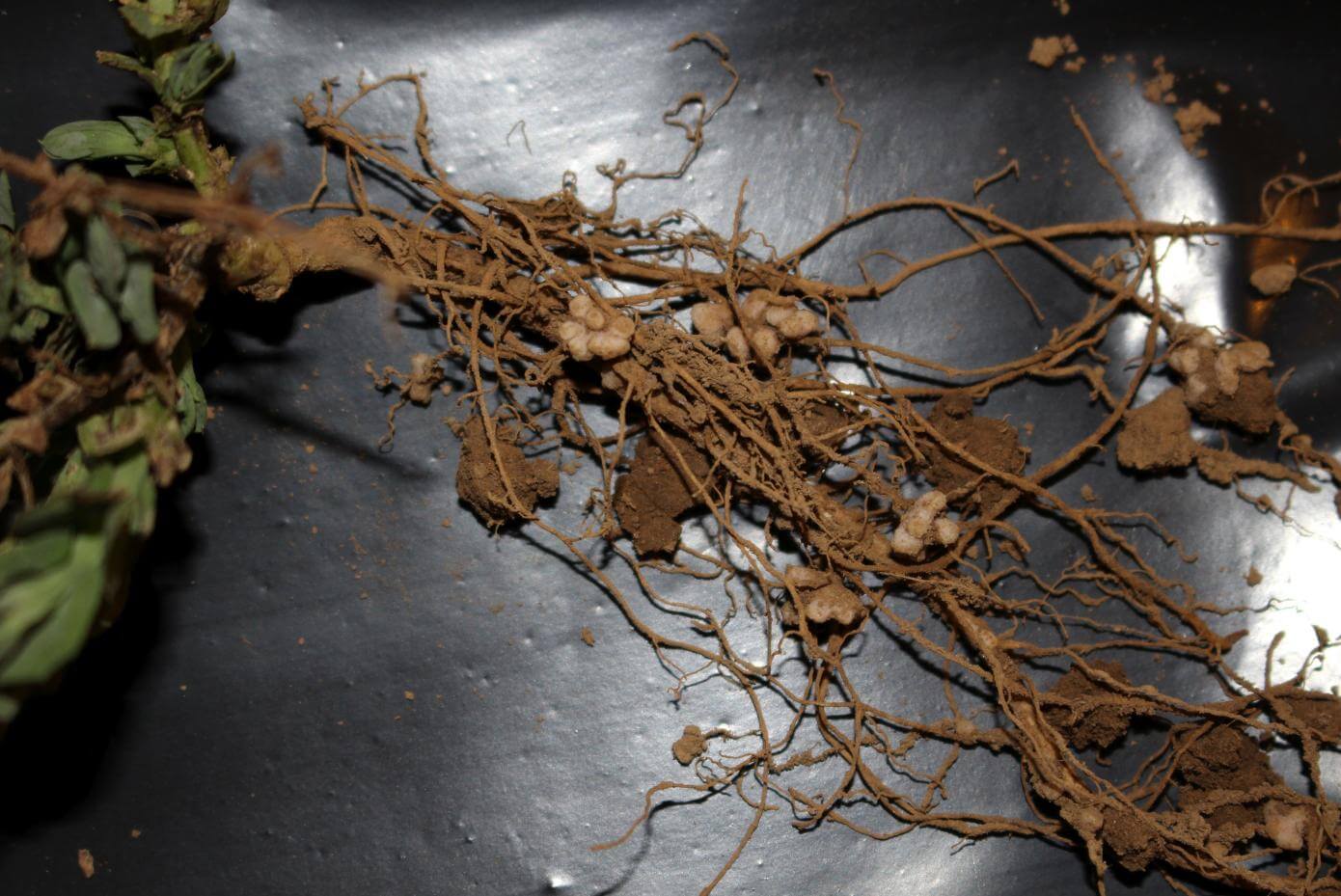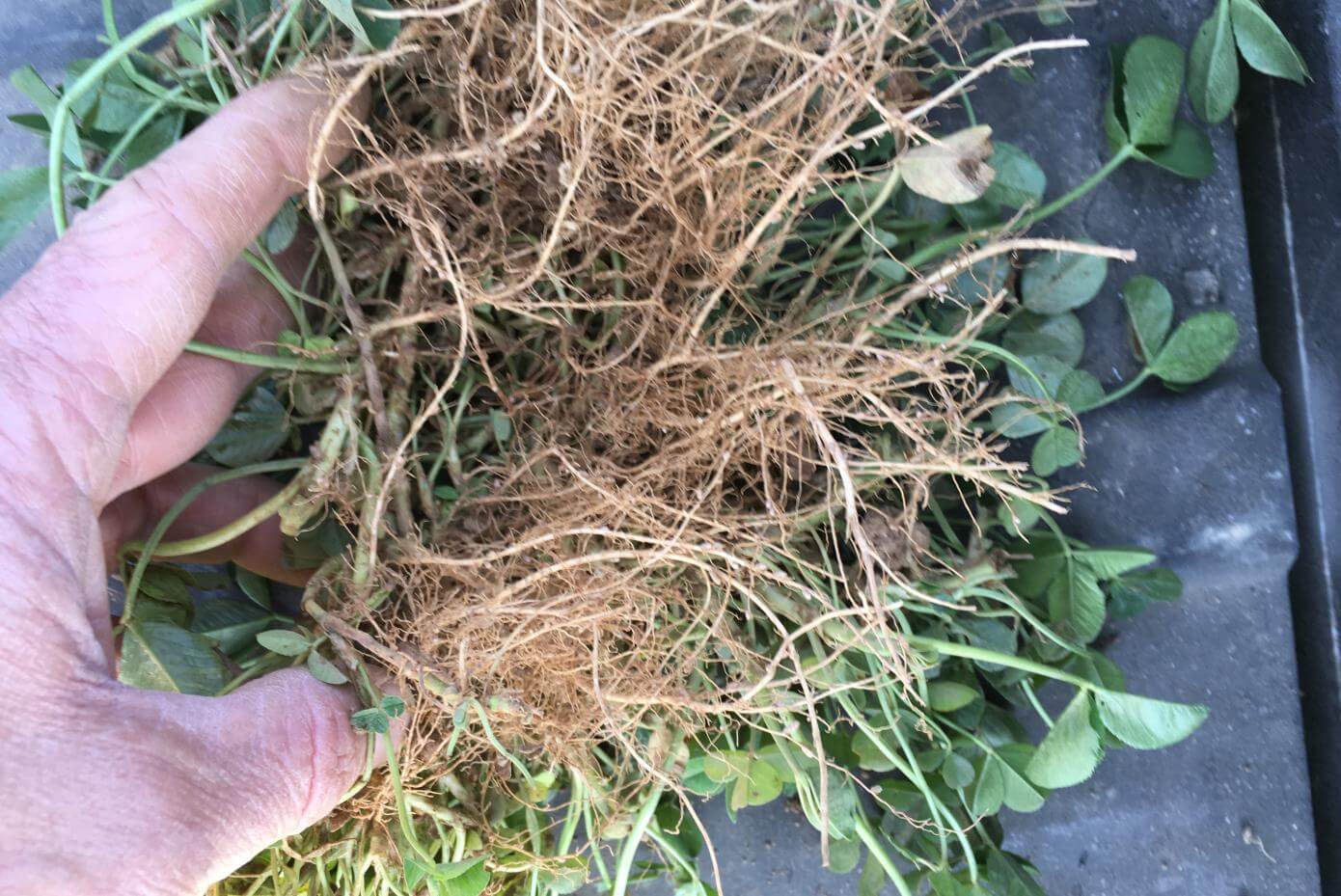Come See Us
Are you planning on attending the joint ASTA/OSTA Convention in Portland next month? If so, be sure to schedule some extra time to come visit us and explore the beautiful Willamette Valley. We look forward to seeing you and showing you around.
Crop Talk
2016 harvest is approaching soon, and here’s a snapshot of how some of the key crops look:
While it is still a bit early, the majority of annual ryegrass and orchardgrass fields look good, with hopes of average yields. Tall fescue fields look good too, but there is concern that last fall’s dryness will translate into somewhat poor yields this year. Some of the older fescue fields, as well as older perennial fields took a beating last fall and look poor; these will won’t do well this year and will likely come out after harvest.
This spring was quite tough on new clovers, but existing stands look fine, and the new ones are coming along now. Peas look very good as well. Crimson clover appears to be running a bit early this year. Need more information? Give us a call!
Inoculate Your Peas, Please
For the past two years, we’ve been evaluating the performance of raw vs Nitro-Coated® winter peas, and the data continues to convince us that farmers who do not inoculate their peas are simply missing out. Specifically, non-inoculated peas have less top growth, weaker roots, as well as have only a gambler’s chance of forming nitrogen-producing factories (nodules). There’s much more that can be said about this. Ask if you are interested.
This year, consider purchasing your peas pre-inoculated and coated with our proven Nitro-Coat® process. We offer both conventional and OMRI approved coatings.
Up With Clovers and Grasses, Down With Phosphorus
According to a 7-year study by the Louis Bolks Institute in the phosphorus-rich soils of the Dutch province of Noord Brabant, the combination of regularly mowing and removing clippings of grass-clover mixtures is an effective method of reducing soil phosphorus levels. This recently released study, published in the March-April 2016 issue of the Journal of Environmental Quality may be a springboard to consider how we might solve some of the issues affecting our domestic land areas impacted by excessive phosphorus runoff.
We already know the benefits of grass-legume hay for the animals. It is also known that phosphorus is essential for legumes to effectively fixate nitrogen. Maybe now its time to learn how the increased use of legumes may benefit the land. This method of “phytoextraction” (cool word, huh?) may also lead to the ability for additional species to grow in soil which otherwise may be dominated by only a few species that can tolerate high phosphorus levels. Of course, addressing excess inputs ad open soil runoff/leaching issues are still very critical issues, but wouldn’t it be nice to have another tool in the toolbox?
Lookout Below!
Speaking of clover, take a look what we found when digging up some 12-month old Renovation white clover in Pennsylvania. These multifunctional roots are dynamic soil penetrants, nifty nitrogen factories, and super soil stabilizers.
We are very excited about this new long-living white clover, as well as the increased use of clovers in agriculture. For instance, the University of Georgia is spearheading using this type of white clover as a living much for corn.
Renovation is ideal for pastures, wildlife, and cover crop. Book your seed now. Learn more by contacting us or visiting RenovationClover.com.

